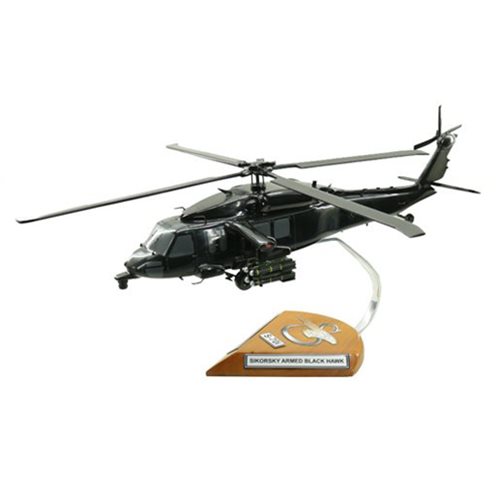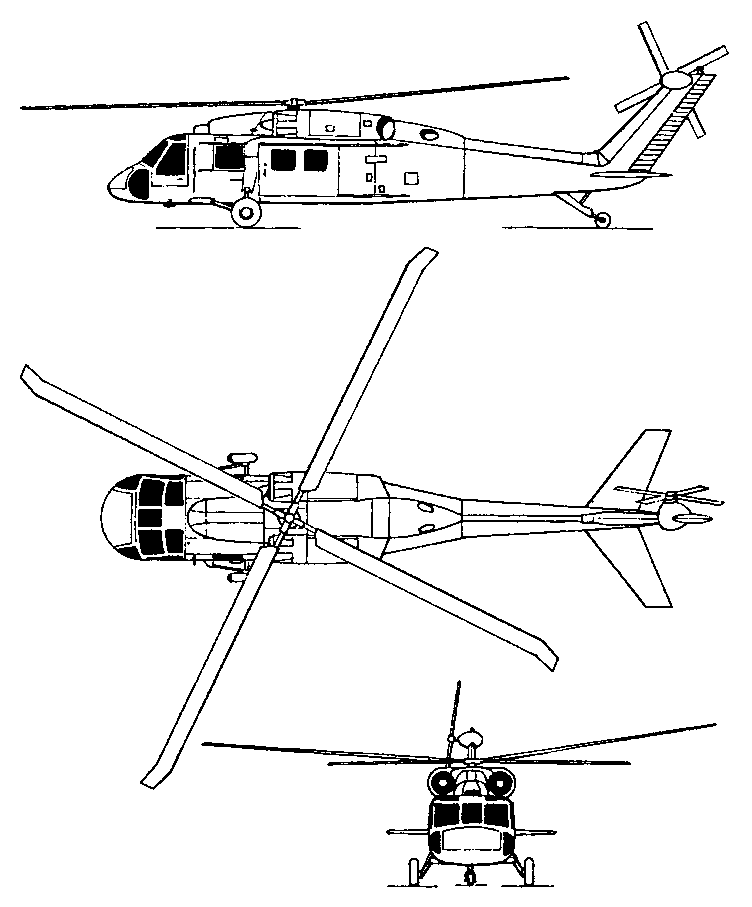Why the Sikorsky S 70 is the Preferred Choice for Modern Helicopter Missions
Why the Sikorsky S 70 is the Preferred Choice for Modern Helicopter Missions
Blog Article
High-Performance Multi-Role Rotorcraft Featuring Advanced Cockpit Technologies and Integrated Sensing Unit Systems
The world of rotorcraft innovation has seen significant innovations in recent times, especially in the realm of high-performance multi-role rotorcraft equipped with cutting-edge cockpit modern technologies and seamlessly integrated sensing unit systems. These technologies have not just augmented the functional abilities of rotorcraft however have additionally substantially affected contemporary air travel operations on different fronts. From boosted mission flexibility to improved functional effectiveness, the merging of sophisticated cabin modern technologies and integrated sensor systems has actually introduced a new age of possibilities for rotorcraft applications. In the complying with discussion, we will discover the development of rotorcraft modern technology, dig right into the world of innovative cabin technologies, and take a look at the ramifications of incorporated sensing unit systems on the operational adaptability and efficiency of modern-day rotorcraft.
Development of Rotorcraft Technology
The evolution of rotorcraft innovation has actually been marked by substantial developments in aerodynamics, materials, and propulsion systems, shaping the capabilities and efficiency of modern-day rotorcraft. Wind resistant renovations have improved the efficiency and maneuverability of rotorcraft, enabling enhanced speed, dexterity, and stability during trip (sikorsky s 70). Innovations in products, such as making use of composite materials and progressed alloys, have brought about lighter yet stronger rotorcraft frameworks, enhancing overall efficiency and resilience. In addition, innovations in propulsion systems, including a lot more effective engines and cutting-edge propulsion technologies, have made it possible for rotorcraft to accomplish greater elevations, faster rates, and greater payloads.
These improvements have not only transformed the capacities of rotorcraft but have likewise increased their applications throughout numerous markets, including military, commercial, and emergency situation solutions. The constant advancement of rotorcraft technology continues to drive technology in the field, pressing the borders of what is possible and shaping the future of upright flight.
Advanced Cabin Innovations
Building upon the fundamental improvements in the rules of aerodynamics, materials, and propulsion systems, the realm of rotorcraft innovation currently moves focus in the direction of pioneering Advanced Cockpit Innovations. The integration of advanced innovations within the cockpit environment plays an essential role in boosting the operational abilities, security, and effectiveness of modern rotorcraft. sikorsky s 70. Advanced Cabin Innovations encompass a vast selection of attributes created to offer pilots with enhanced situational understanding, streamlined information management, and user-friendly control interfaces
Among the crucial developments in cabin design is the application of glass cabins, which change traditional analog gauges with high-resolution screens. These digital systems supply personalized designs, real-time data integration, and enhanced readability, enabling pilots to gain access to important info at a look. Advanced avionics systems, such as fly-by-wire controls and enhanced fact display screens, are revolutionizing how pilots interact with the aircraft, enabling for exact control and boosted decision-making capabilities.


Integrating advanced cockpit developments not only improves pilot performance but additionally adds to overall objective efficiency and safety in intricate functional atmospheres. By leveraging state-of-the-art modern technologies within the cockpit, rotorcraft makers are setting new criteria for functional quality and mission success.
Integrated Sensor Solutions
With the advancement of rotorcraft innovation, the integration of sophisticated Integrated Sensing unit Equipment has become paramount in enhancing operational efficiency and safety and security. These Integrated Sensing unit Equipments encompass a vast selection of technologies that offer vital data for various features such as navigating, monitoring, targeting, and environmental monitoring. By flawlessly incorporating sensors like radars, electronic cameras, lidar, and infrared systems into rotorcraft, operators can gain from improved situational recognition, boosted mission capabilities, and reduced pilot work.
One secret advantage of Integrated Sensor Solutions is their capacity to collect real-time information and give workable understandings to pilots and goal operators. Progressed radar systems Find Out More can discover and track targets over long ranges, permitting for very early risk detection and effective feedback planning. In addition, integrating electro-optical and infrared video cameras enables rotorcraft to carry out reconnaissance and monitoring goals with accuracy and accuracy.
Fundamentally, the combination of sophisticated sensing unit innovations right into rotorcraft not just improves functional effectiveness however likewise adds substantially to total goal success and staff safety and security. As rotorcraft remain to progress, the role of Integrated Sensing unit Systems will definitely remain at the center of advancement in the aerospace industry.
Operational Convenience and Efficiency
Enhancing functional adaptability and performance in rotorcraft is a natural progression from the combination of advanced Integrated Sensor Equipments. By leveraging the insights and information supplied by these advanced sensing unit systems, rotorcraft can optimize their efficiency across different missions and settings.
Functional convenience includes the capacity of rotorcraft to adjust to various duties and situations effectively. With innovative cabin technologies and incorporated sensor systems, rotorcraft can effortlessly change between jobs such as search and rescue, clinical discharge, monitoring, and extra. This adaptability enhances the rotorcraft's ability to meet diverse operational requirements without requiring extensive reconfiguration.
Effectiveness in rotorcraft operations is check out this site important for maximizing goal efficiency and source use. Integrated sensing unit systems play a crucial function in enhancing functional performance by supplying real-time information on climate condition, terrain mapping, target monitoring, and a lot more. This data makes it possible for pilots to make check it out informed decisions swiftly, enhance trip courses, preserve fuel, and boost total mission productivity.
Influence On Modern Aviation Operations

Additionally, the integration of sophisticated sensing units helps with enhanced goal preparation and execution, making it possible for rotorcraft to execute a large range of tasks with improved precision. From search and rescue operations to aerial firefighting and law enforcement missions, the capabilities of modern rotorcraft equipped with advanced cabin innovations and integrated sensor systems are exceptional.
In addition, the impact of these advancements expands beyond functional effectiveness to cost-effectiveness and sustainability. By optimizing trip paths, fuel consumption, and maintenance timetables, high-performance rotorcraft geared up with sophisticated cockpit innovations and sensors add to reducing functional expenses and ecological impact, making them vital assets in modern air travel procedures.
Final Thought
To conclude, the high-performance multi-role rotorcraft with innovative cabin technologies and incorporated sensor systems represents a significant development in aviation modern technology. These advancements boost operational versatility and effectiveness, eventually impacting modern-day aeronautics procedures in a positive means. The combination of these advanced technologies enables enhanced abilities and performance in various mission scenarios, showcasing the proceeded improvement of rotorcraft technology in the air travel market.
The world of rotorcraft innovation has actually seen noteworthy advancements in recent times, particularly in the realm of high-performance multi-role rotorcraft outfitted with innovative cockpit modern technologies and seamlessly integrated sensing unit systems. From improved mission versatility to improved operational efficiency, the convergence of sophisticated cockpit modern technologies and integrated sensing unit systems has actually ushered in a brand-new period of possibilities for rotorcraft applications. In the adhering to discussion, we will explore the evolution of rotorcraft innovation, dive into the world of advanced cockpit advancements, and check out the effects of integrated sensing unit systems on the functional convenience and effectiveness of modern-day rotorcraft.

Report this page